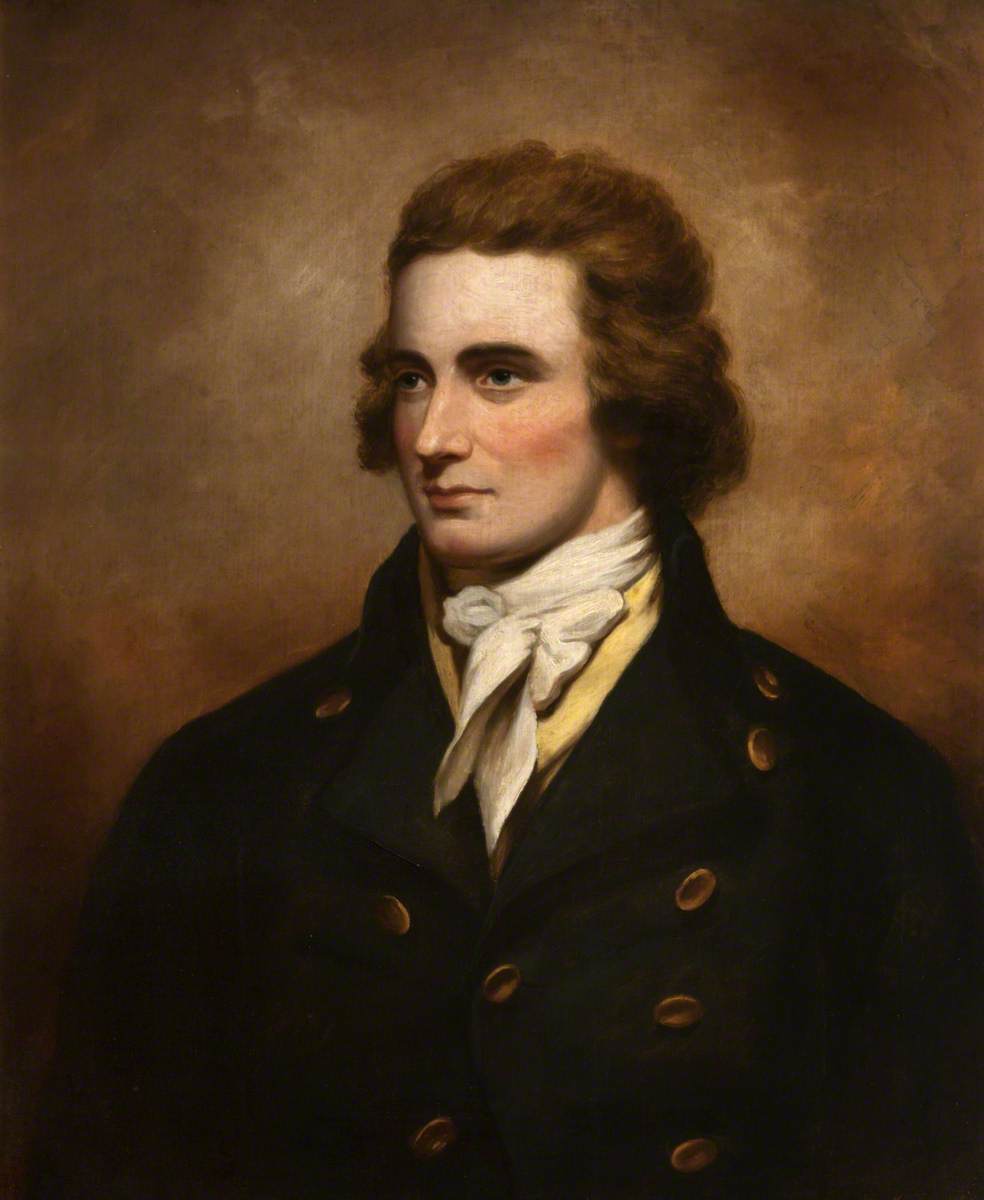Who is Mungo Park?
Mungo Park was a Scottish explorer born on September 11, 1771, in Selkirkshire, Scotland. He is best known for his exploration of the Niger River in West Africa. Park’s first expedition in 1795 confirmed the eastward flow of the Niger, a major geographical discovery. He published a successful account of his travels in 1799. Park embarked on a second expedition in 1805, but he and his party disappeared, believed to have drowned in the Niger River around 1806. Despite his tragic end, Park’s explorations significantly advanced European knowledge of West Africa and inspired future explorers.
Early Life and Education
Mungo Park was born on September 11, 1771, in Foulshiels, Selkirkshire, Scotland. He was the seventh child in a prosperous farming family. His early education was at home before attending Selkirk Grammar School, where he demonstrated an early interest in natural sciences. This passion led him to the University of Edinburgh in 1788, where he studied medicine and botany. His education was rigorous, providing him with a strong foundation in scientific principles that would later support his exploratory endeavors.
Early Career
After completing his studies in 1791, Park’s career began under the mentorship of Sir Joseph Banks, a prominent naturalist and botanist. Banks was instrumental in securing Park a position as an assistant surgeon on the East India Company’s ship ‘Worcester’. During a voyage to Benkulen in Sumatra in 1793, Park diligently studied the local flora and fauna. Upon his return to Britain in 1794, he presented his findings to the Linnaean Society, detailing eight new species of Sumatran fish and several rare plants. This experience deepened his interest in exploration and established his reputation as a capable naturalist.
First African Expedition
Park’s most significant contribution came through his work with the African Association, which sought to map the Niger River’s course—a geographic mystery that intrigued European scholars. Following the death of Major Daniel Houghton, who had attempted to trace the Niger but perished in the Sahara, Park was selected to continue the mission. He departed for Africa in 1795, beginning his journey at the mouth of the Gambia River.
Park’s exploration was fraught with challenges. He travelled inland with two local guides, enduring extreme conditions and hostility from local tribes. In 1796, after being imprisoned by a Moorish chief, Park escaped and reached the Niger River at Ségou, becoming the first European to do so. His journey along the river extended for eighty miles, but dwindling resources forced him to turn back. Despite falling ill, Park was aided by a kind local man in Kamalia, who sheltered him for seven months. This arduous expedition concluded in 1797 when Park returned to Scotland.
Publication and Interlude
In 1799, Park published “Travels in the Interior Districts of Africa,” a detailed and vivid account of his experiences and observations. The book was well-received, providing valuable insights into West African geography, culture, and natural history. It not only cemented Park’s reputation as an explorer but also fueled public interest in African exploration. Following his return, Park married Allison, settled in Peebles, and practiced as a physician. However, the call of the unknown continued to beckon him.
Second Expedition
In 1805, the British government commissioned Park to lead a second expedition to follow the Niger River to its mouth. This time, he embarked from Portsmouth with a team of around forty men, including soldiers and guides. The journey proved even more perilous than his first expedition. Disease, particularly malaria and dysentery, decimated the party. By the time they reached the Niger in August 1805, only eleven men remained.
Determined to continue, Park pressed on with the survivors. However, his fate was sealed when they were attacked by local inhabitants near Bussa (in present-day Nigeria). It is believed that Park drowned in the ensuing chaos as he attempted to escape by boat.
Legacy and Commemoration
Despite his tragic end, Mungo Park’s contributions to the exploration of West Africa are profound. His detailed observations and maps provided a foundation for subsequent explorers, advancing European knowledge of the region’s geography and cultures. The Royal Scottish Geographical Society honours his legacy through the Mungo Park Medal, awarded for outstanding contributions to geographical knowledge.
Conclusion
Mungo Park’s life and expeditions symbolise the spirit of exploration and the quest for knowledge. His meticulous documentation and the hardships he endured highlight the challenges faced by early explorers. Park’s journeys significantly expanded the understanding of West Africa and inspired future explorations. Today, he is remembered not only for his discoveries but also for his resilience and dedication to expanding the boundaries of human knowledge.
Read also: Educational Games and Gamification














